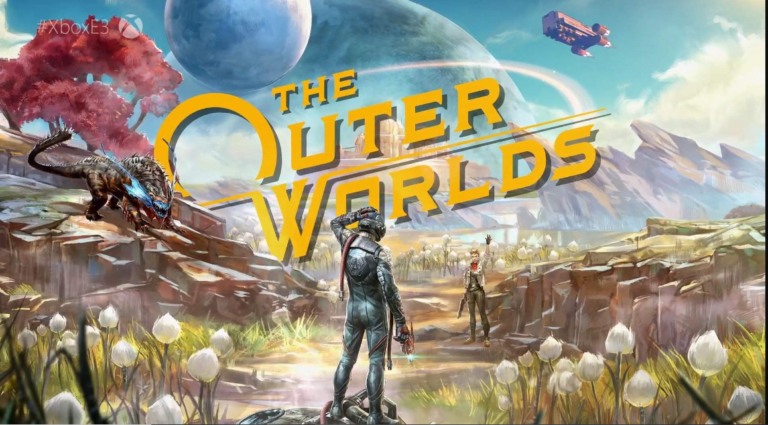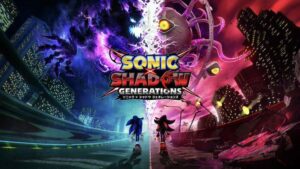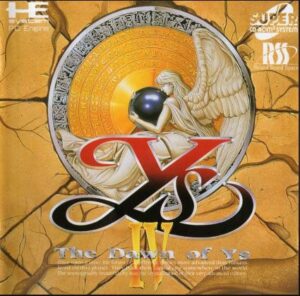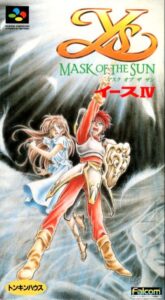Given the recent release and reception of Bethesda’s Starfield, I took a look back through the game series and it shares many similarities with the one and only Fallout, and particularly New Vegas. And coincidentally enough, the most ambitious Fallout game was the one not made by Bethesda, since New Vegas was made by the ever-ambitious Obsidian Entertainment. And, in recent years they developed what could be considered the best take on the Fallout formula and strangely enough, a more focused project than the likes of the highly anticipated Starfield. This is the one and only The Outer Worlds!
Introduction & Leadup to Release
The Outer Worlds is an action role-playing game set from a first-person perspective that saw release in 2019 for the likes of Xbox One, PlayStation 4, and PC. The title would see various re-releases for the Nintendo Switch, PlayStation 5, and Xbox Series X. The game was developed by Obsidian Entertainment and published by Private Division. Obsidian was in the process of being acquired by Microsoft when the title was released, but its release platforms were unaffected as the game’s development and publishing contracts predated the acquisition by Microsoft.
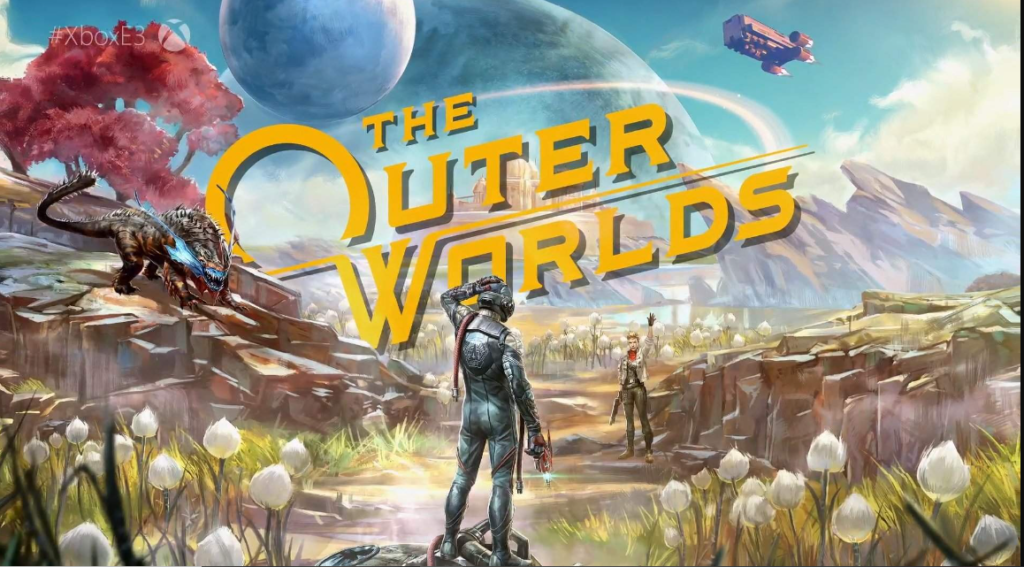
Obsidian’s founding staff were comprised of members of Black Isle Studios, and the Outer Worlds development team was no exception as the game’s directors were Tim Cain and Leonard Boyarsky who were the original creators of the Fallout property. Boyarsky was also the narrative lead for the title, drawing inspiration from the likes of Fallout, Firefly, Futurama, Deadwood, and True Grit. The art direction came from the mind of Daniel Alpert and the score was composed by Justin E. Bell. Boyarsky and Cain bounced several ideas off of each other during development and desired to strike a narrative balance of dramatic morbidity from Boyarsky and a sillier nature that came from the mind of Cain, a facet of the title that we’ll dive into as we proceed into the narrative summary.
Synopsis & Writing
The foundation and bedrock of the story follows an alternate turn in history in which U.S. president William McKinley was not assassinated at the Pan-American Exposition in 1901. As a result, he was never succeeded by Theodore Roosevelt and the mega trusts of corporate America were never broken up, leading to a class-centric society dominated by mega corporations. This world view persists into the distant future and the space age that Outer Worlds presents to us all the way into the year 2355.
You assume the role of the “Stranger” and are miraculously awakened from Cryo sleep on the long lost colony ship “The Hope.” Unfortunately, your rescuer lacks the resources to awaken your fellow colonists and worse yet, the colonies are on the verge of collapse with no contact from earth. It is up to you to shape the fate of the colonies and everyone in them. Will you guide the people of Halcyon towards a better tomorrow or do you embrace the corporate oversight and hasten the colonies’ decline? The choice is yours!
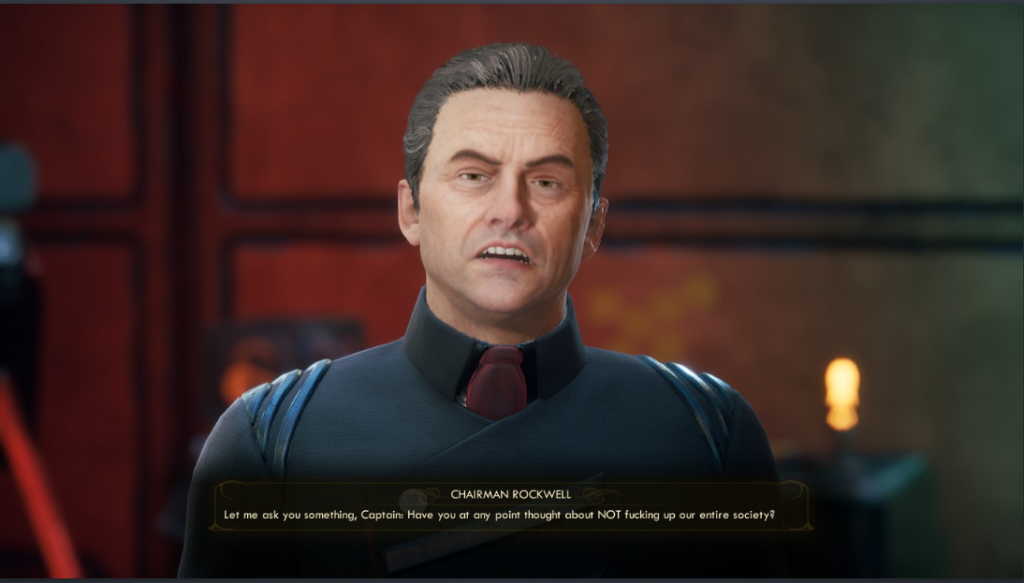
The setup for the story is exceedingly simple in its execution. What starts as a fight for survival escalates into changing the future of the world you live in. Naturally as a game that places an emphasis on player choice, one of its greatest strengths is seeing the world before you change it as a result of your actions. Your protagonist is entirely silent, and you select their dialogue from a list of options not dissimilar to those in the likes of Fallout 1, 2, 3, New Vegas, as well as Knights of the old Republic.
The Stranger is not alone on this journey as you can recruit six companions to travel the stars along with you. Each has their own arc and accompanying demons, so to speak. Each of them are flawed in their own ways. Through your actions you can see them become better people or you can exacerbate their character flaws. Choice is a critical part of The Outer Worlds.

I briefly touched on the tone in the leadup, so allow me a deep dive into it here. Outer Worlds knows how to strike a narrative balance between the sillier elements and the more grounded, serious beats of the plot. Corporations hold all the power in Halcyon and many are comfortable living in that environment, which leads to the ostracization and exile of many who don’t agree with that way of life. There are those who seek to take the law into their own hands and manipulate the system toward their own benefit. But very few are in a hurry to change Halcyon for the better. It leaves a very powerful impression to see firsthand how your actions change the world around you. Each player’s ending is likely to be different as they are affected by over half a dozen dynamic choices that players will be forced to make.
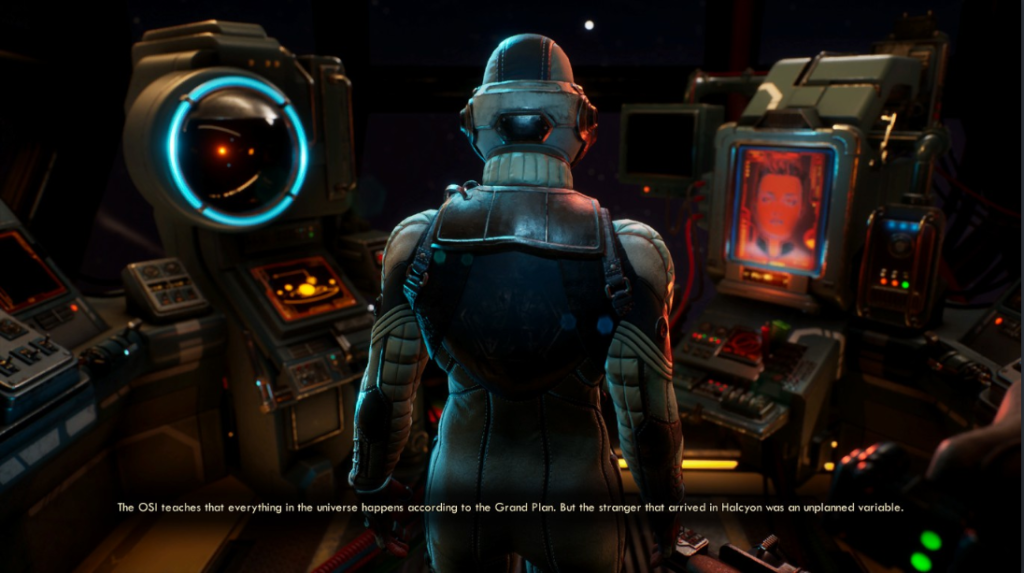
Gameplay
On paper Outer Worlds is an ARPG not dissimilar to the likes of modern Fallout titles. The game takes place from a first-person perspective in which you will wield a variety of firearms and melee weapons as you go about your quest in Halcyon. As is typical of an RPG you will gain experience and in turn gain levels, allowing you to grow your skills, be it your proficiency with firearms, sneaking, or the ability to defuse situations with your words. You have the freedom to build characters your own way. Experimentation and replay ability are encouraged as every skill has a gameplay and dialogue implementation to see. So, no matter how skilled you are in one area there is always a skill in another area that can be used. For example, the persuade stat is used for a lot of stat checks in dialogue but some situations may require you to have a stat of 80 in both persuade and medical knowledge in order to achieve an ideal solution.

Taking further cues from New Vegas you will also learn perks and flaws across your journey. Perks are permanent bonuses given to your character that are earned on every even level (2, 4, and so on) that come in a variety of forms. Some are as simple as flat stat boosts to health and armor to more in-depth perks such as a boost to damage dealt when traveling alone or the essential of being able to fast travel whilst overly encumbered. Naturally, your companions come with their own perks to earn, allowing you to build yourself and your crew your way.
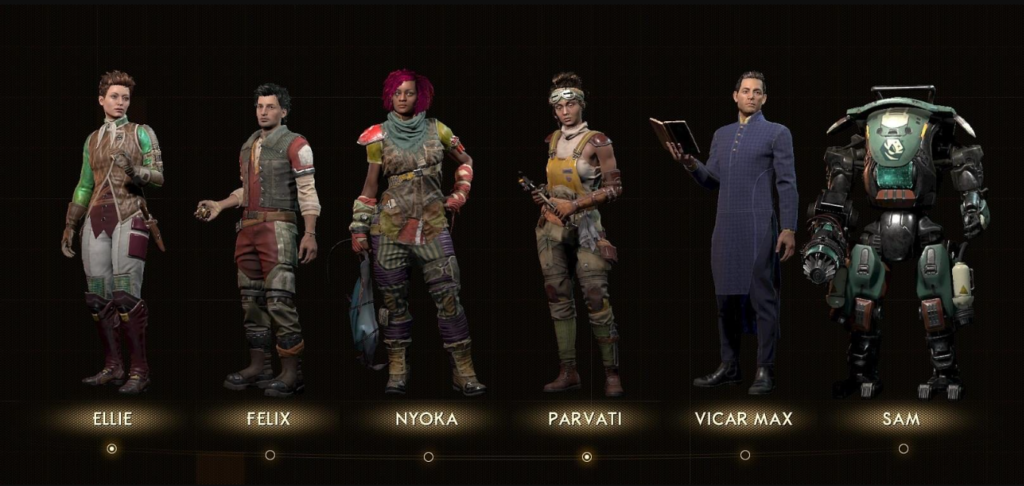

Perks are strictly beneficial to you whilst flaws have positive and negative attributes attached that vary depending on your playstyle. For example, if you regularly eat food items you may acquire a flaw that gives you a bonus to your stats, but you’ll see a reduction in your abilities when not under the effects of food. The flaws that you’ll acquire entirely depend on your playstyle and can vary from playthrough-to-playthrough. You also have the option to decline these flaws, but accepting a flaw gives you a free perk to earn, so it is largely in your interest to accept them. The game caps the number of flaws you can earn in a single playthrough at three, so there is a limit to the number of perks earned as a result.
Gunplay can become fairly dynamic as there are several classes of weapons as well as different ammo types for said classes. You can even upgrade the stats of weapons and change their attributes through tinkering and applying weapon mods. You want to mod your gatling gun to fire incendiary rounds? You can do that. The game very much lacks variety in its weapon skins, but I felt there was enough variety in the weapon types themselves to keep gunplay fresh.
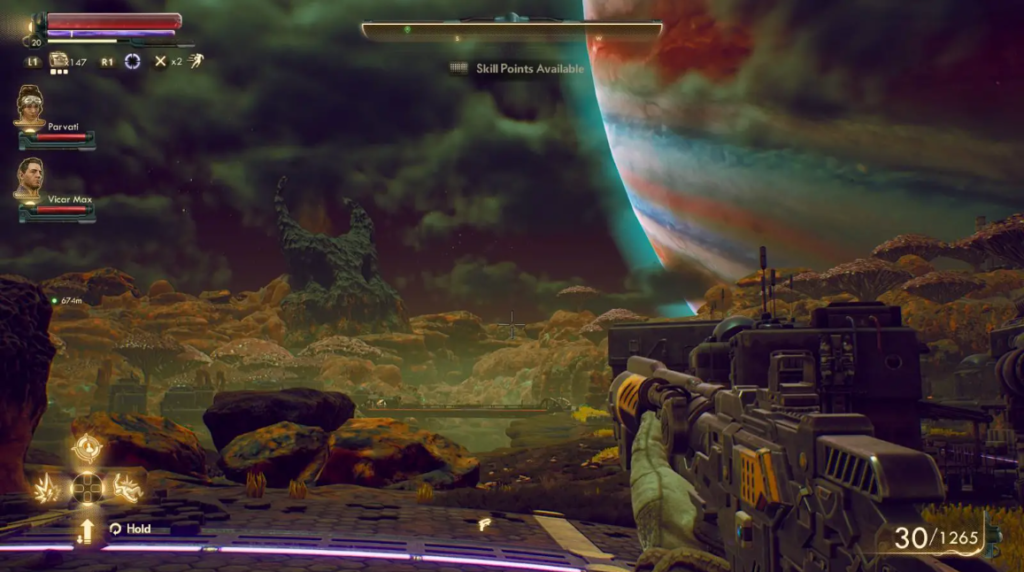
Naturally, as an RPG that places an emphasis on player choice there are plenty of situations you can defuse without even firing your weapon. In fact it is entirely possible to not have to fight the final boss if your stats are high enough and you can actually talk them out of their plans. Obsidian applied the lessons they have learned mechanically over the years to provide something that puts a fresh spin on a formula that we all have seen plenty of. It takes the best things from the likes Fallout and Knights of the Old Republic 2 and makes them their own.

Score & Presentation
The game was developed within the Unreal Engine, so that we get some dynamic shots and stunning visuals. The game has a distinct visual style that feels different from the more muted color and palettes present in the likes of Fallout. The game may not have hundreds of planets to explore like the likes of Starfield, but instead focuses on the quality of content. Your journey throughout Halcyon will have you explore up to 10 planets, more if you pick up the expansions. Each planet has a distinct visual identity and landmarks to help it stand out. From the engineers on the Groundbreaker to the Iconoclasts on Monarch you’ll never get tired of the people in Halcyon.
Despite having a distinct visual style, the game is guilty of reusing weapon models and armor sets across its run time. The weapons and armor you pick up may have drastically better stats, but they very much look the same as the earlier equipment. The DLC expansions did add some new weapon and armor models, which I’m very grateful for, but they are nonetheless a nitpick within the game’s presentation.

A grand sci-fi adventure can only be carried so far with its writing and gameplay, but the score serves to elevate the experience into much more with motifs and themes that truly capture a foreign world and expanse. Justin Bell did a fantastic job and I definitely recommend picking up the soundtrack as it is beautiful in ways I can’t do justice to with mere descriptions.
Conclusion
Outer Worlds continues to prove how Obsidian are masters of their craft as they deliver a game that builds upon the best aspects of their previous projects and elevates it into one of the best RPGs on the market. Outer Worlds made quite an impression as it was nominated for over a dozen awards and took home five. The game also sold over four million copies; people very much enjoyed what this game had to offer. And I personally can’t wait for the sequel, announced for development. The Outer Worlds is a master class in RPGs, which I wholeheartedly recommend to everyone!

Patron Shout-Out
Special thanks to the following patrons whom without the support our work would not be possible: Francesco Santoyo

